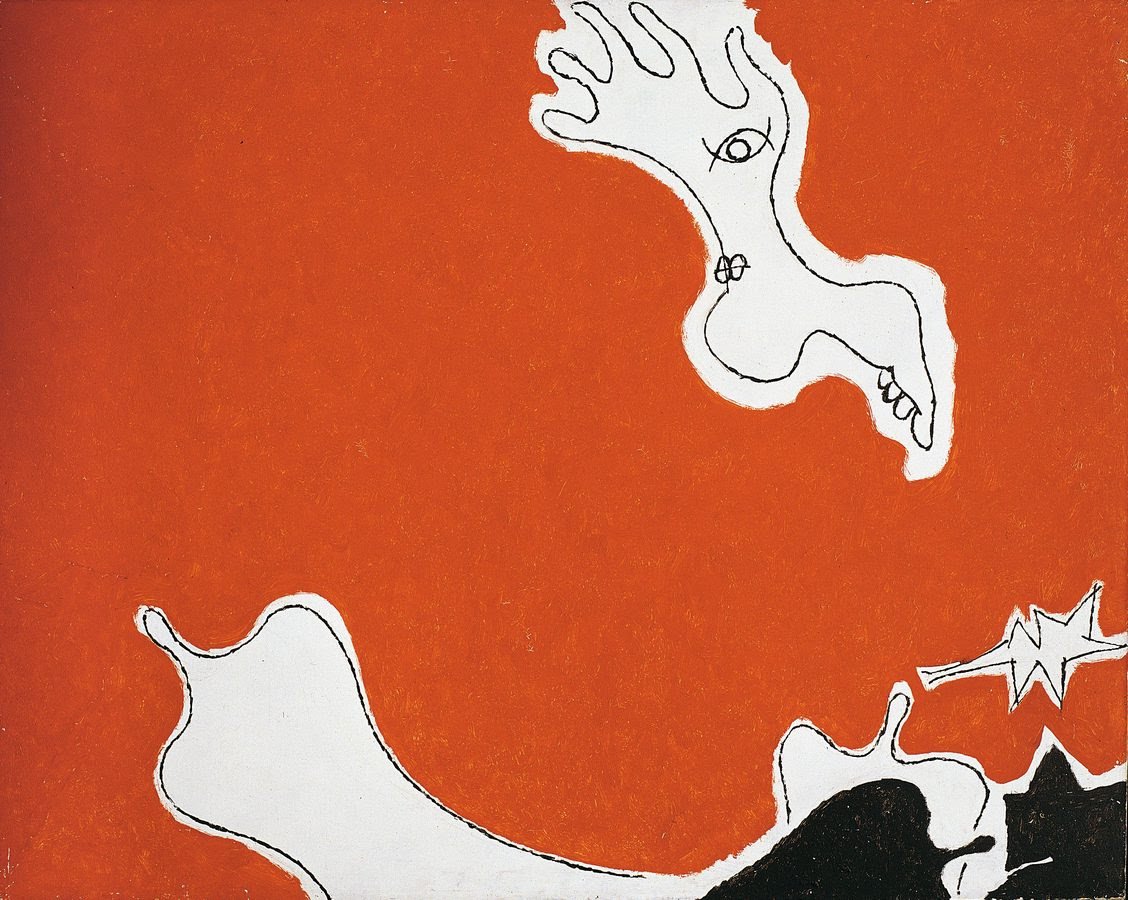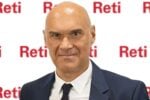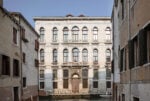Back to the future

La mostra si propone di dimostrare ed esaminare l’enorme influenza – raramente dichiarata – che hanno avuto, e che hanno tutt’ora, molti degli artisti esposti.
Comunicato stampa
Il titolo è un invito a rivolgere uno sguardo al passato, per poter guardare e capire meglio il futuro.
La mostra si propone di dimostrare ed esaminare l’enorme influenza – raramente dichiarata - che hanno avuto, e che hanno tutt’ora, molti degli artisti esposti.
Alcuni di essi hanno catturato l’essenza del proprio tempo, come Mario Radice e Ronnie Cutrone, i cui lavori restituiscono in modo nitido l’atmosfera e le tendenze artistiche del loro periodo storico.
Altri artisti, invece, come Günter Fruhtrunk, Enrico Castellani, Piero Dorazio, Dadamaino, hanno creato opere senza tempo, opere che potrebbero essere state realizzate in qualsiasi decennio, grazie alla loro intrinseca universalità.
Lo stesso discorso vale per Pavel Mansurov, artista sovietico che, nella Leningrado del 1922, sembra quasi anticipare alcuni concetti artistici che saranno propri, invece, degli anni Sessanta.
Artisti come Rodolfo Aricò e Claudio Cintoli hanno fatto, forse inconsapevolmente, una significativa rivoluzione del concetto di quadro e di superficie pittorica.
Franco Grignani e Mario Nigro hanno elevato un’arte più grafica e minimalista.
Questi sono solo alcuni dei nomi esposti in mostra.
Parte dell’esposizione è infatti dedicata ad opere di artisti decisamente più contemporanei: all’eleganza e alla delicatezza di Yamamoto e di Lee Ufan, si contrappongono la potenza del gesto, quasi tribale, di Arcangelo e la matericità di Luca Serra, il rigore di Jon Groom. C’è poi Horst Antes, maestro tedesco vicino all’arte concreta di Fruthtrunk.
Ciascuno di essi rappresenta, a modo proprio, un ponte, un passaggio tra passato, presente e futuro.
Tutti questi artisti, seppur molto diversi tra di loro, hanno in comune l’aver lasciato un segno profondo e indelebile nella storia dell’arte.
Hanno in comune anche il fatto di essere stati forse poco, sicuramente meno, congeniali al sistema - mercato, alle speculazioni, e per questo vittime di oblio o comunque di offuscamento.
Molti di loro, come Dorazio o Gérard Schneider, solo di recente hanno iniziato a ottenere l’attenzione che meritano.
L’intento della mostra è proprio quello di dimostrare come l’autenticità di un messaggio artistico possa trascendere tempo e spazio, come esso possa andare oltre le dinamiche di mercato e di come molto di quanto vediamo oggi e ci viene proposto come una totale “novità”, abbia in realtà delle radici nel passato; ma spesso questo passato non viene dichiarato e in molti casi ignorato.
Ci si propone di far riscoprire al pubblico l’importanza di questi artisti e dimostrare quanto il loro contributo sia ancora oggi determinante.
The exhibition is titled "Back to the future": the title is an invitation to look back to the past for a better look and understanding of the future.
The exhibition aims to demonstrate and examine the enormous influence - rarely stated - that many of the artists on display have had, and still have.
Some of them represented the essence of their time, such as Mario Radice and Ronnie Cutrone, whose works sharply render the atmosphere and artistic trends of their historical period.
Other artists, however, such as Günter Fruhtrunk, Enrico Castellani, Piero Dorazio, and
Dadamaino, created timeless works, works that could have been made in any decade, thanks to their inherent universality.
The same is true of Pavel Mansurov, a Soviet artist who, in the Leningrad of 1922, seemed almost to anticipate certain artistic concepts that would be characteristic, instead, of the 1960s.
Artists such as Rodolfo Aricò and Claudio Cintoli made, perhaps unwittingly, a significant
revolution in the concept of painting and the pictorial surface.
Franco Grignani and Mario Nigro elevated graphic art to true art.
These are just a few names of the artists on display in the exhibition.
In fact, part of the exhibition is devoted to works by more contemporary artists:
The elegance and delicacy of Yamamoto and Lee Ufan are contrasted with the powerful, almost tribal, gesture of Arcangelo and the matericity of Luca Serra, with the rigor of Jon Groom.
Then there is Horst Antes, a German master close to the concrete art of Fruthtrunk.
Each represents, in its own way, a bridge, a passage between the past, present and future.
All these artists, although very different from each other, have in common that they have left a profound and indelible mark on the history of art.
They also have in common the fact that they were perhaps little, certainly less, congenial to the market system, to speculation, and for this reason victims of oblivion or at least obfuscation.
Many of them, like Dorazio or Gérard Schneider, have only recently begun to get the attention they deserve.
The intent of the exhibition is to show how the authenticity of an artistic message can transcend time and space, how it can go beyond market dynamics, and how much of what we see today and is proposed to us as a total "novelty," actually has roots in the past; but this past is often unstated and, in many cases, ignored.
We aim to have the public rediscover the importance of these artists and demonstrate how their contributions are still crucial today.



